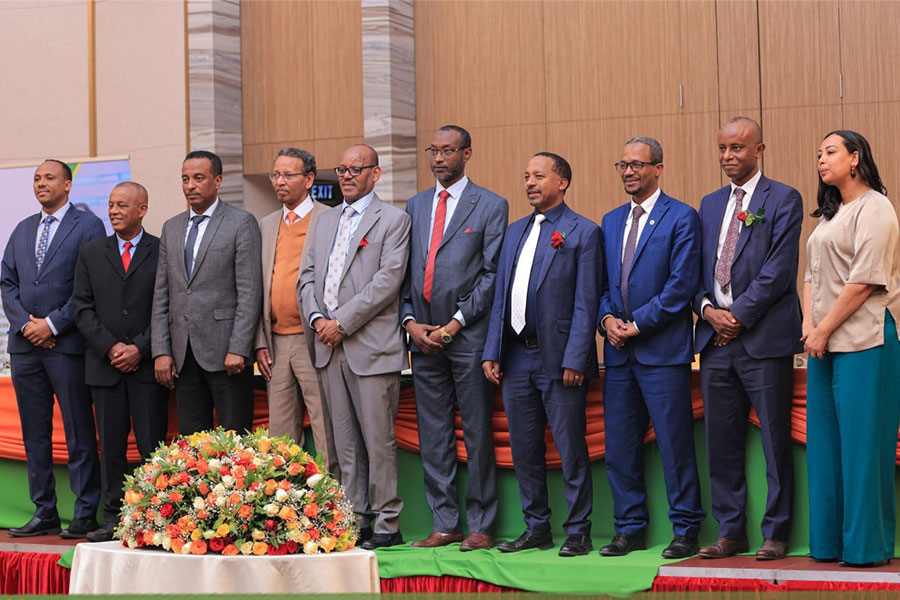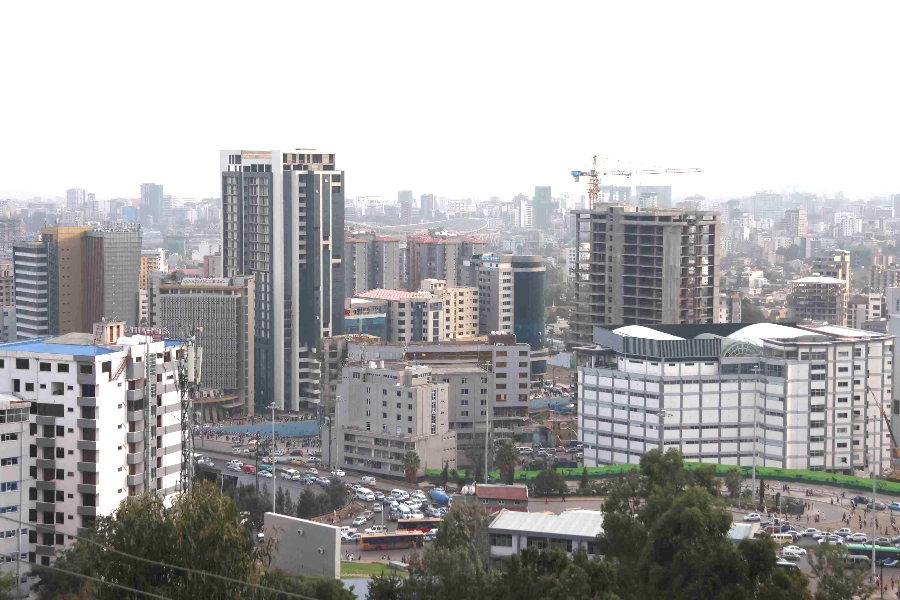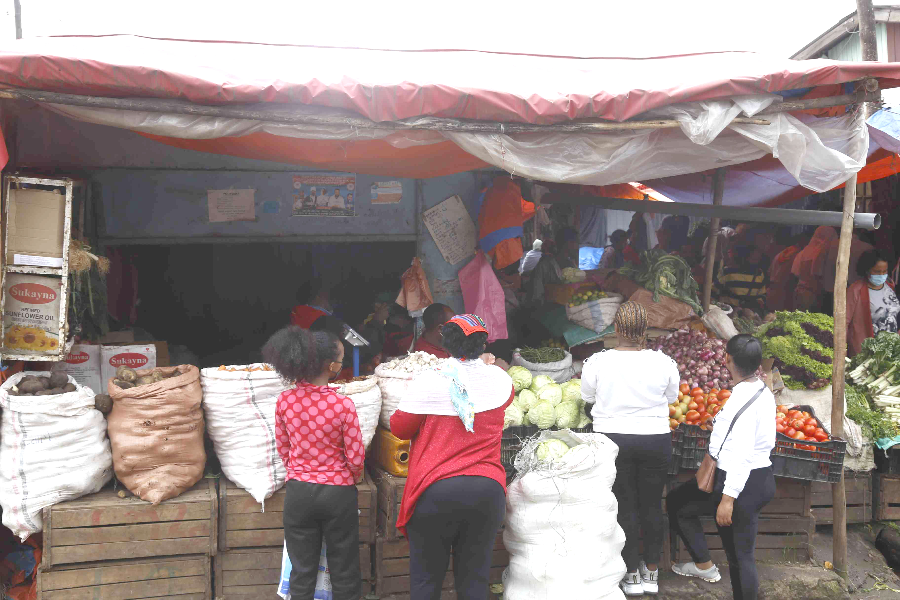
Viewpoints | Jun 14,2025
Feb 5 , 2022
By Christian Tesfaye
We have heard it said several times. Every low-income country needs to have an aggressive economic policy to address food insecurity and develop an export-oriented manufacturing sector. This is the route that many Asian countries have taken, allowing them to grow at six to 10 percent annually for decades. Within a human lifetime, they have gone from poor to developed. This economic prescription, highlighting the development of a manufacturing base aimed at exports, is sometimes underappreciated considering the alternatives.
Take two major constituents of Ethiopia’s economy; remittance and tourism. They contribute in no small part. They also have tremendous room to grow. There is no sufficient data on the Diaspora worldwide to streamline and attract more. Similarly, there has not been sufficient work to develop the tourism sector. We have not even built upon the strategic political centrality of being the seat of the African Union.
But even if remittance and tourism revenues rise significantly, these will not translate to sustainable economic growth. Some countries are able to make this work but often because they do not have populations of some 100 million people. Those sectors will continue to be significant to the economy but not by themselves.
What about building upon our current exports?
Indeed, here too, we have failed to convert unique natural resources into windfalls. We often pride ourselves in being the birthplace of coffee and the source of the best type of coffee. Still, we are behind Brazil, Vietnam, Colombia and Indonesia. The biggest exporter, Brazil, exports eight-fold of what Ethiopia manages. There is space to grow.
Can we use commodities such as coffee and gold as lucrative sources to create sustainable economic development?
It is not advisable. Commodities are notoriously volatile, especially agricultural products. Ethiopia, for instance, is gaining a windfall from higher prices of coffee this year. But there is no guarantee they will stay there. In fact, they are very likely to come down again. More importantly, focusing too much on commodity exports crowds out investments in other sectors.
Some countries have become major commodity exporters without wrecking their economies. Australia is a good example. Iron ore, petroleum gas, coal and gold make up 63pc of all its exports. But this could be misleading. The manufacturing sector has historically been significant to the Australian economy, contributing about a quarter to its GDP. The Land Down Under did not get hooked on raw material exports during its critical years of development in the 20th century. Here too, commodities offer critical support to economic growth but are not at the centre of it.
There is one more sector that offers hope. There is the service sector. In Ethiopia, the national flag carrier is the best airline in Africa and is increasingly a major global player. It brings in billions of dollars in service exports. Other subsectors are also promising. Quietly, international software companies are outsourcing work to countries such as Ethiopia because there is a cheaper labour force. It is providing employment opportunities for young computer science graduates and helping them gain valuable experience and skills.
Unfortunately, Ethiopian Airlines alone cannot carry Ethiopia. Neither will other service subsectors mature any time soon given Ethiopia's start from a very low base.
Then there is construction, which we have been using to stimulate the economy. It answers a fundamental question the rest do not. It helps lock in the massive labour force that will migrate out of the agriculture sector over the next decades. Like in the manufacturing sector, cheap labour will incentivise investment in this industry as it will mean lower costs.
The only problem is that construction does not answer the problem of foreign currency reserves. A completed building cannot be exported. It is necessary, of course. A new road unlocks economic activity in an area, and businesses there could become exporters down the road. But here, too, the industry's importance is in its support to what needs to be a foundation of economic growth for a low-income country – export-oriented manufacturing.
PUBLISHED ON
Feb 05,2022 [ VOL
22 , NO
1136]


Viewpoints | Jun 14,2025

Radar | May 20,2023

Radar | Apr 19,2025

Radar | May 23,2021

Fortune News | Oct 02,2021

Radar | Jan 22,2022

Fortune News | Aug 06,2022

Radar | Sep 24,2022

Viewpoints | Jan 03,2021

Viewpoints | Sep 11,2020

My Opinion | 132038 Views | Aug 14,2021

My Opinion | 128435 Views | Aug 21,2021

My Opinion | 126362 Views | Sep 10,2021

My Opinion | 123981 Views | Aug 07,2021





Dec 22 , 2024 . By TIZITA SHEWAFERAW
Charged with transforming colossal state-owned enterprises into modern and competitiv...

Aug 18 , 2024 . By AKSAH ITALO
Although predictable Yonas Zerihun's job in the ride-hailing service is not immune to...

Jul 28 , 2024 . By TIZITA SHEWAFERAW
Unhabitual, perhaps too many, Samuel Gebreyohannes, 38, used to occasionally enjoy a couple of beers at breakfast. However, he recently swit...

Jul 13 , 2024 . By AKSAH ITALO
Investors who rely on tractors, trucks, and field vehicles for commuting, transporting commodities, and f...

Jul 12 , 2025
Political leaders and their policy advisors often promise great leaps forward, yet th...

Jul 5 , 2025
Six years ago, Ethiopia was the darling of international liberal commentators. A year...

Jun 28 , 2025
Meseret Damtie, the assertive auditor general, has never been shy about naming names...

Jun 21 , 2025
A well-worn adage says, “Budget is not destiny, but it is direction.” Examining t...

Jul 13 , 2025 . By YITBAREK GETACHEW
The Addis Abeba City Revenue Bureau has introduced a new directive set to reshape how...

Jul 13 , 2025 . By BEZAWIT HULUAGER
Addis Abeba has approved a record 350 billion Br budget for the 2025/26 fiscal year,...

Jul 13 , 2025 . By RUTH BERHANU
The Addis Abeba Revenue Bureau has scrapped a value-added tax (VAT) on unprocessed ve...

Jul 13 , 2025 . By NAHOM AYELE
Federal lawmakers have finally brought closure to a protracted and contentious tax de...